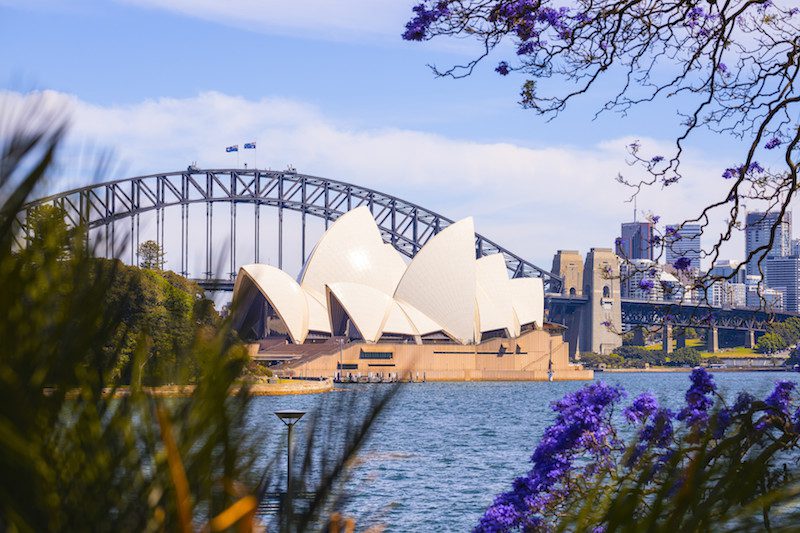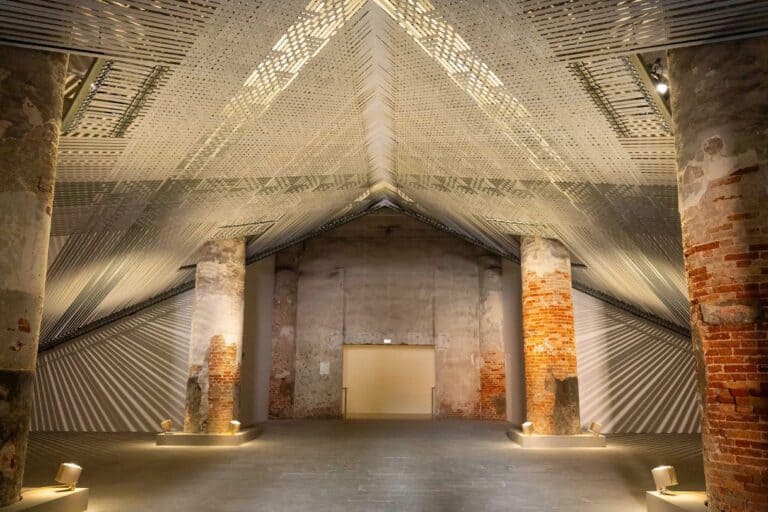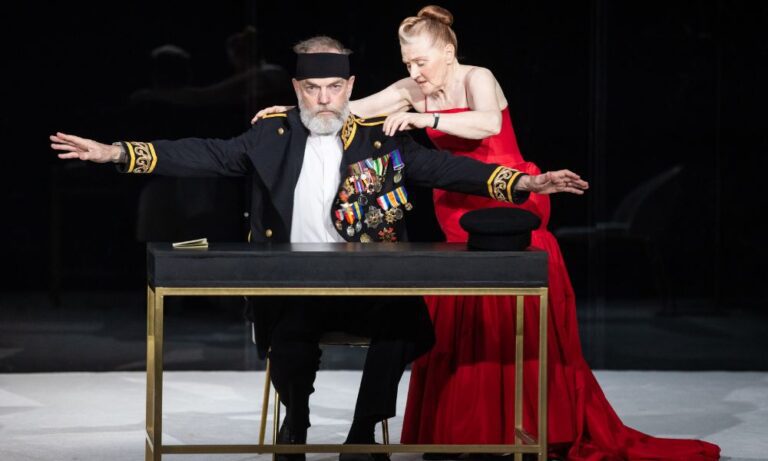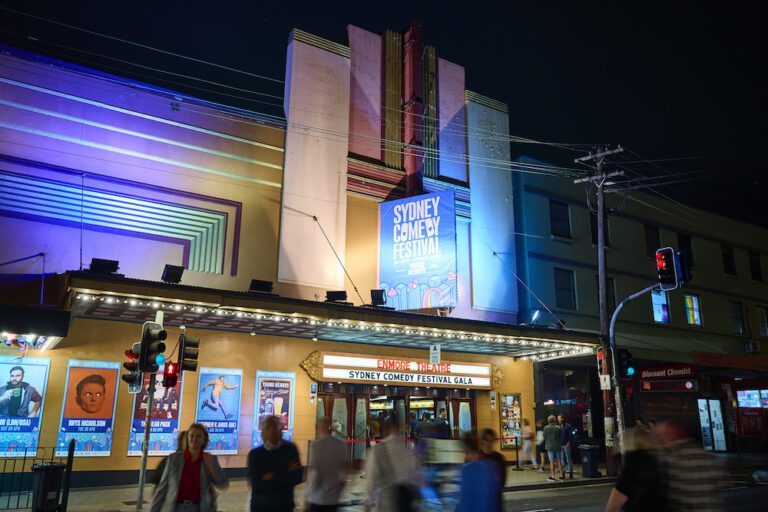While its stunning exterior and world-class performances are well-known, there are several secrets and lesser-known facts about this cultural institution that add depth to its history and intrigue.
The Sydney Opera House, an iconic architectural marvel and a symbol of Australia, was designed by Danish architect Jørn Utzon. Construction began in 1957 and was completed in 1973. The opera house stands on Bennelong Point in Sydney Harbor and is renowned for its unique sail-like shell structures.
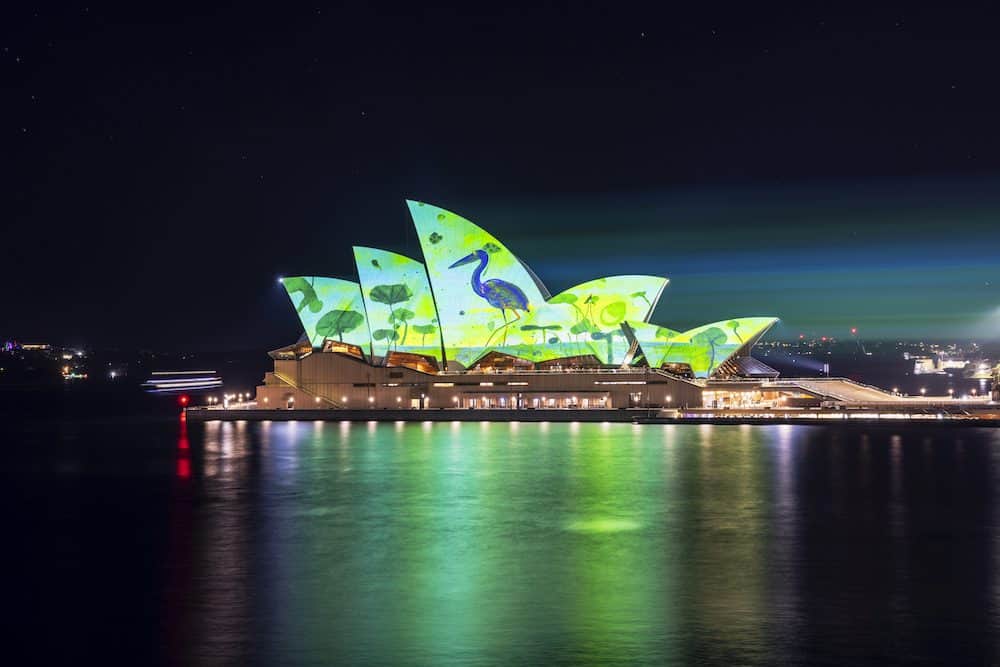
Here are five secrets of the Sydney Opera House:
1. Design Competition Drama
One of the lesser-known secrets of the Sydney Opera House is the dramatic story behind its design. The building’s distinct and visionary design by Jørn Utzon, a Danish architect, was the winning entry in an international design competition held in 1957. However, what’s not widely known is the controversy and conflicts that followed. Utzon faced constant challenges during the construction process, and in 1966, he resigned from the project. He never returned to see the completed Opera House. Despite the tumultuous relationship between Utzon and the Australian government, his design remains an architectural marvel.
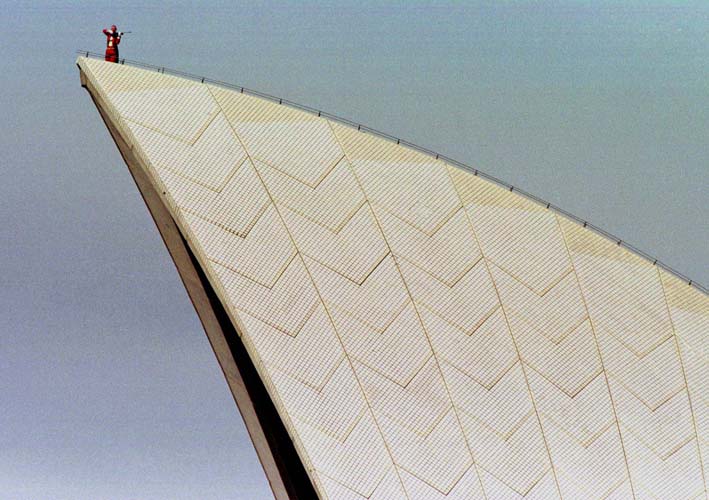
2. The Puzzle of the Roof Shells
The Sydney Opera House is famous for its unique roof structure, often likened to a series of billowing sails. What many people don’t realize is that the roof shells were constructed using a highly innovative approach at the time. The architectural team devised a unique puzzle-like solution to create the spherical geometry of the shells. The exterior of the Opera House consists of more than a million self-tiled roof tiles, with each tile specifically shaped and positioned to fit the complex curvature of the building.
3. Hidden Utzon Room
In honor of the Opera House’s original architect, Jørn Utzon, a hidden and less-visited space known as the “Utzon Room” is tucked away within the building. This small, intimate venue is used for rehearsals, small-scale performances, and events. It serves as a tribute to Utzon and his extraordinary vision, providing a more private and personal connection to the genius behind the iconic design.
4. Concert Hall’s Unusual Organ
The Concert Hall of the Sydney Opera House boasts one of the largest mechanical tracker-action pipe organs in the world. This impressive instrument contains 10,154 pipes and was designed by Ronald Sharp, an Australian organ builder. The uniqueness of the organ lies in its mechanical tracker action, which means that when a musician plays a note, the keys and pedals are connected directly to the valves controlling the airflow. This creates a distinctive and unparalleled sound, offering exceptional clarity and precision in its musical performances.
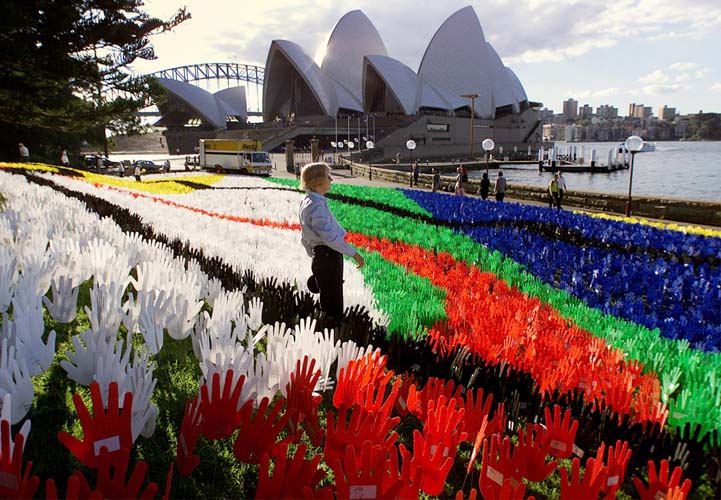
5. Indigenous Art and Culture
The Sydney Opera House is not only an architectural marvel but also a significant platform for celebrating Australia’s indigenous culture. Many visitors may not realize that the Opera House’s interior showcases indigenous Australian art and traditions. The Yininmadyemi – Thou didst let fall art installation, situated on the building’s lower concourse, commemorates the indigenous men and women who served in the Australian armed forces. Additionally, the Opera House hosts cultural events, performances, and talks that promote indigenous art and storytelling, providing a vital platform for preserving and sharing this rich heritage.
These five secrets of the Sydney Opera House shed light on the complexity, innovation, and cultural significance of this remarkable landmark. Beyond its stunning visual appeal, the Opera House’s history and the stories hidden within its walls make it a true testament to human creativity and ingenuity.


